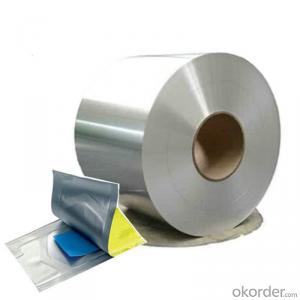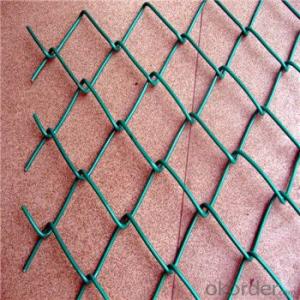50 Amp Solar Inverter
50 Amp Solar Inverter Related Searches
Ac Inverter For Solar Panels Solar Panel With Ac Inverter Gas Furnace With Ac Panda Hot Water Bottle Cover Minion Hot Water Bottle Cover Abb Solar Water Pump Inverter Solar Water Pump Philippines Extra Long Hot Water Bottle Solar Panel Dc To Ac Inverter Old Fashioned Hot Water BottleHot Searches
1 8 Aluminum Plate Home Depot 100 Amp Cable Price Food Mixer Sale Silver Fridge Freezer Sale Silver Tea Set Prices Pet Coke Specifications Silver Dinner Set Online Shopping Type Of Inverter For Solar Types Of Inverter For Solar Used Solar Inverter For Sale Inverter Size For Solar System Solar Edge Inverter For Sale 5kw Solar Inverter For Sale Solar Inverter For Sale Solar Inverter For Battery Solar Inverter For Split Ac Solar Inverter For Laptop Solar Inverter For Fridge Solar With Inverter Price Solar Inverter With 2 Battery50 Amp Solar Inverter Supplier & Manufacturer from China
Okorder.com is a professional 50 Amp Solar Inverter supplier & manufacturer, offers integrated one-stop services including real-time quoting and online cargo tracking. We are funded by CNBM Group, a Fortune 500 enterprise and the largest 50 Amp Solar Inverter firm in China.Hot Products
FAQ
- A solar inverter handles varying solar irradiance levels by continuously monitoring the incoming solar energy and adjusting its output accordingly. When the solar irradiance level is high, the inverter increases its output voltage to maximize power conversion. Conversely, when the solar irradiance level drops, the inverter reduces its output voltage to maintain a steady and efficient power conversion. This adaptive response ensures that the solar inverter efficiently converts the available solar energy into usable electricity regardless of the varying solar irradiance levels.
- Yes, a solar inverter can be used in a mobile or portable solar power system. Solar inverters are designed to convert the DC (direct current) electricity generated by solar panels into AC (alternating current) electricity that can be used to power various devices. In a mobile or portable solar power system, the solar inverter plays a crucial role in converting the energy collected by the solar panels into a usable form for powering appliances or charging batteries.
- Yes, a solar inverter can be used in mobile applications. Portable solar inverters are designed specifically for mobile use and are commonly used in recreational vehicles, boats, camping, and other off-grid applications. These inverters convert the direct current (DC) generated by solar panels into alternating current (AC) to power mobile devices and appliances.
- Yes, a solar inverter can be connected to a computer or smartphone. Many modern solar inverters come with built-in Wi-Fi or Bluetooth connectivity, allowing users to monitor and control their solar energy system through dedicated apps or web portals on their computers or smartphones. This enables real-time monitoring of energy production, system performance, and even allows for remote troubleshooting and adjustments.
- The installation time for a solar inverter can vary depending on various factors such as the size of the system, complexity of the installation, and the expertise of the installer. Generally, it can take anywhere from a few hours to a full day to complete the installation process.
- Yes, a solar inverter can be used with a remote monitoring system. In fact, many solar inverters are designed to be compatible with remote monitoring systems, allowing users to monitor their solar energy production, system performance, and troubleshoot any issues remotely. This enables better control and management of the solar power system, ensuring optimal efficiency and performance.
- Yes, a solar inverter can be used with a solar-powered refrigerator. A solar inverter is responsible for converting the direct current (DC) produced by solar panels into alternating current (AC) that can be used to power appliances, including refrigerators. Therefore, a solar inverter is an essential component in connecting a solar-powered refrigerator to a solar panel system.
- Yes, a solar inverter can be used in a solar-powered electric vehicle charging station. The solar inverter is responsible for converting the direct current (DC) generated by the solar panels into alternating current (AC) that can be used to charge electric vehicles. This allows the charging station to utilize the solar energy efficiently and power the charging process for electric vehicles.















































